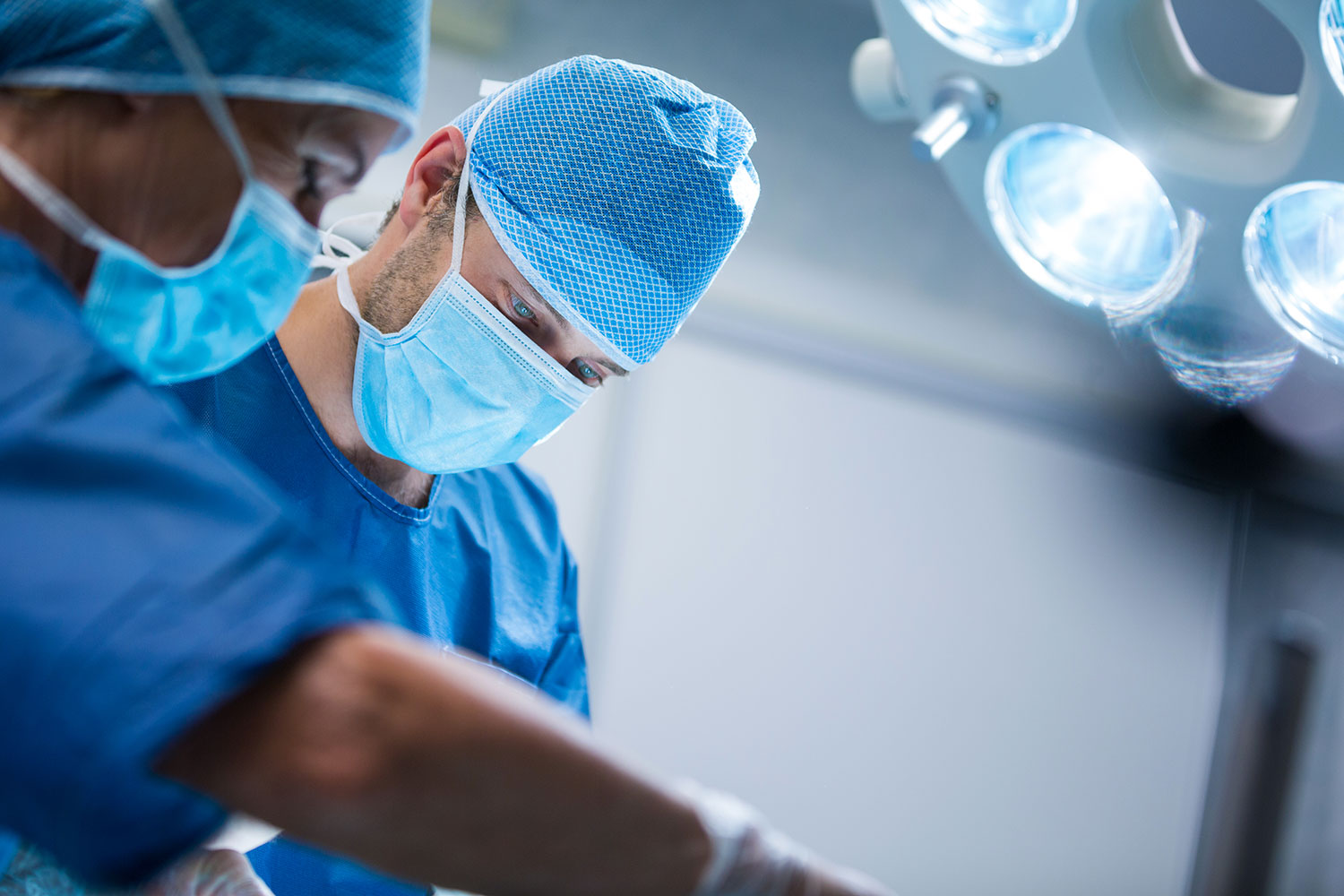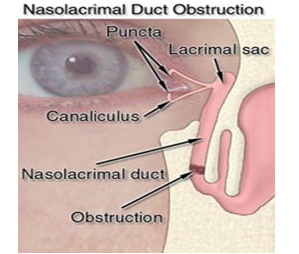

One or both eyes can be affected with:
Your surgeon may administer one or more of the following diagnostic procedures:
A DCR is a type of surgery that is used to treat blocked tear ducts in adults. It creates a new passageway between the tear duct sac and the nose, bypassing the blockage and allowing tears to drain normally again. The operation usually takes about 1 hour. The operation is normally performed with the patient asleep (general anaesthetic), although, in very rare circumstances this may not be appropriate and the eye may be numbed using a local anaesthetic. This will be discussed with you prior to the surgery. There are two types of procedure that can be used. The most suitable option for you will be discussed with you in the eye clinic when surgery is being offered and planned.
Why do I need A DCR?
Normally, the tears that wash over the eye drain away through a system that runs from the corner of the eye to the inside of the nose. If there is a blockage in this system the eye can start watering and you may be more prone to infections.
To unblock the area, warm compresses and massage may be tried first. Sometimes it is also possible to unblock the tear duct by probing it. This is called syringing and involves flushing salty water down the tear duct. If the tear duct is open then you will taste the salty water in your throat.

The main complications after surgery are bleeding and infection. It is also possible to displace the tube, which is inserted to keep the duct open and you may experience some bruising around the area of the operation. A nosebleed may occur on the affected side. Usually this is a small amount and resolves within 48 hours. Excessive bleeding rarely occurs but if it does then a nasal pack may need to be used to stop the bleeding after the operation.
In the outpatient clinic, your tear draining passages will be assessed by syringing salty water through the tear ducts to find out where, and how much of a blockage there is. Once you and your surgeon have agreed that you should have a DCR operation, then your name will be placed on the waiting list for the procedure.
Before the surgery you will need to attend for a pre-operative assessment. At this visit you will be asked questions about your general health, some blood tests will be taken and a recording heartbeat (sometimes referred to as an Electrocardiogram – ECG) are performed to ensure your general health is good enough to undergo the surgery.
At this visit you will be given a suitable date for your operation.
Please read the information leaflet carefully. Share the information it contains with your partner and family (if you wish) so that they can be of help and support. There may be information they need to know, especially if they are taking care of you following this examination.
We need to know what tablets and medicines you are currently taking also if you are sensitive to any substances. At the pre-operative assessment you will be advised on what pre-operative preparations you need to make such as altering medications.
If you are on warfarin or aspirin tablets it is important that you inform your surgeon, as these can lead to bleeding during or after the operation. You should stop your aspirin one week before surgery but the need to stop your warfarin will be discussed with you at pre-operative assessment.
You will generally be admitted to hospital on the day of your surgery, although in some circumstances you may need to be admitted the day before. This will be discussed with you.
Immediately after the operation there may be a little discomfort, some spots of blood from the nose and some facial bruising at the site of the operation (this would be expected to resolve within 2 – 4 weeks). Occasionally, a pressure bandage will be placed over the site of the operation to reduce the bruising. This will be removed before you go home. Usually you can go home the day after surgery.
In order to prevent infection you will be prescribed eye drops or ointment for two weeks and possibly antibiotic tablets to take for 5 – 7 days. Some patients are also prescribed a nasal steroid spray twice a day.
The first clinic appointment is 7 – 10 days after surgery to remove the stitches if they have been used. The second appointment will be 6 – 8 weeks after surgery to remove the tubes in the outpatient department. A final check is usually made six months after surgery when you will be discharged from our care if all is well.
If you do develop bleeding from the nose that will not stop, do not dab the nose but hold the end of the nose tightly. If bleeding carries on then attend your nearest casualty department immediately, also contact Ward 35 to let us know that you are having a problem on telephone number (01482) 604346 (24 hours).
Please remember the following points:
Dear All
In view of the COVID 19 attack, we at Suman Clinic want to initiate online consults which will benefit our patient’s Consultants available for online consultation except for Sundays.
Steps to follow